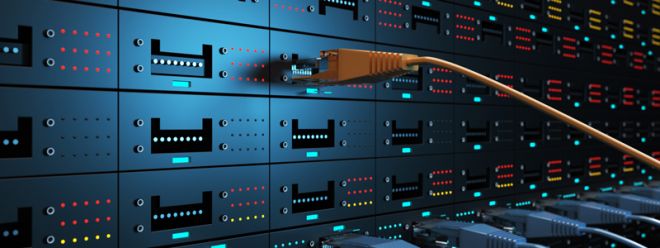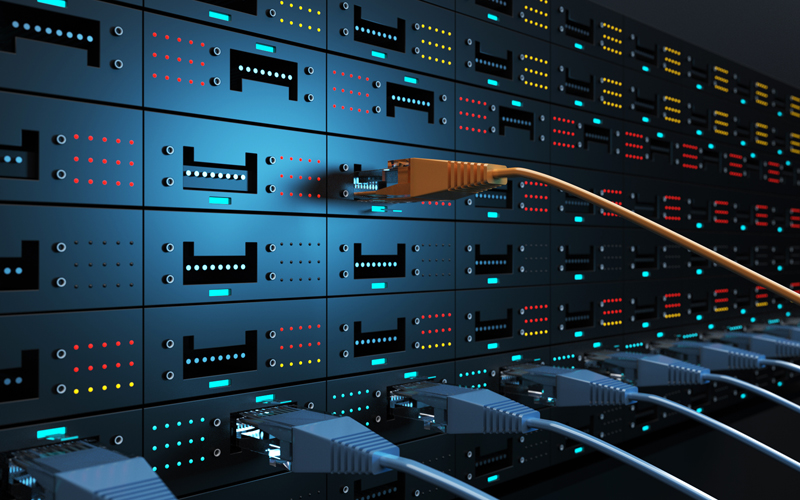Basics of RJ45, RJ45 and 8P8C connectors and cables

Basics of RJ45, RJ45 and 8P8C connectors and cables

Wired Ethernet connections remain common among businesses that need to increase the speed and security of their wired network connections. However, wireless networks are growing exponentially in home environments. Many homeowners no longer consider wired networking, but it's still a valuable option in many situations.
What is an Ethernet cable?
Devices in a wired network are usually physically connected to servers, modems, routers, or other devices through Ethernet cables. There is a connector at both ends of the network cable, called an RJ45 connector. The RJ45 (Registered Jack 45) connector is a standard physical connector for network cables. RJ45 connectors are used almost exclusively in Ethernet cables and networks.
Although Ethernet cables have improved in speed over the generations, the RJ45 connectors that appear on both ends of the cable have not changed. Whether using Category 3 to Category 6 cable, the connector is RJ45. Category 7 cables can be terminated with RJ45 connectors, but they are a specialized version called GG45 (GigaGate45). GG45 connector is backward compatible with RJ45 connector.
Ethernet cables have small plastic plugs on each end that plug into the RJ45 jacks of your Ethernet device. The term "plug" refers to the male end of a cable or connection, while the term "jack" refers to the port or female end.
Plugs, pins and crimps
The RJ45 plug has eight pins to which the strands of the cable make electrical connections. Each plug has eight positions, spaced approximately 1 mm apart, into which individual wires are inserted using a special cable crimping tool. The industry calls this type of connector 8P8C, which is the abbreviation of eight-position eight contacts.
The Ethernet cable and 8P8C connector must be crimped in RJ45 wiring mode for proper operation. Technically, the 8P8C can be used with other types of connections besides Ethernet; for example, it can also be used with RS-232 serial cables. However, since RJ45 is the primary use of the 8P8C, industry professionals often use the two terms interchangeably.
Traditional dial-up and broadband modems use a variant of RJ45 called RJ45, which has two contacts in an 8P2C configuration instead of eight. The physical structures of RJ45 and RJ45 are very similar, making it difficult for the untrained eye to distinguish between the two. However, they are not interchangeable.
RJ45 connector wiring pinout
Two standard RJ45 pins define the arrangement of eight individual wires required to connect the connector to the cable: the T568A and T568B standards. Both follow the convention of painting a single wire one of five colors (brown, green, orange, blue, or white), with certain combinations of stripes and solids.
When you build your own cable to ensure electrical compatibility with other equipment, you must follow the T568A or T568B convention. If you don't make your own cables, just verify that your device is using the correct standard. For historical reasons, T568B is the more popular standard, although some homes use the T568A version. The following table summarizes the color coding of wires in connectors.
serial number | T568B | T568A |
1 | white with orange stripes | white with green stripes |
2 |
Orange | green |
3 | white with green stripes | white with orange stripes |
4 | blue | blue |
5 | white with blue stripes | white with blue stripes |
6 | green | Orange |
7 | white with brown stripes | White with brown stripes |
8 | Brown | Brown |
Several other connectors are very similar to RJ45, and they can easily be confused with each other. For example, RJ11 connectors used for telephone cables use six-position connectors instead of eight-position connectors, which makes them slightly narrower than RJ45 connectors. Other than that, they look very similar.
RJ45 problem
There are some issues with the RJ45 connector. To create a tight connection between the plug and the network port, some RJ45 plugs use small, flexible plastic pieces called tabs. When inserted, the tab creates a tighter seal between the cable and the port, requiring you to press down on the tab to remove it. This tab prevents the cable from accidentally coming loose. These tabs can easily break off when bent backwards when the connector gets caught on another cable, clothing, or other nearby object.
Most RJ45 connector problems occur when the wires do not meet the required standards. Those who prefer to use their own cables and connectors must pay close attention to the correct wiring sequence to avoid problems.